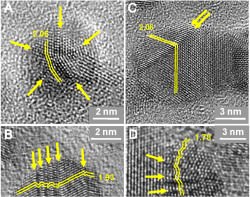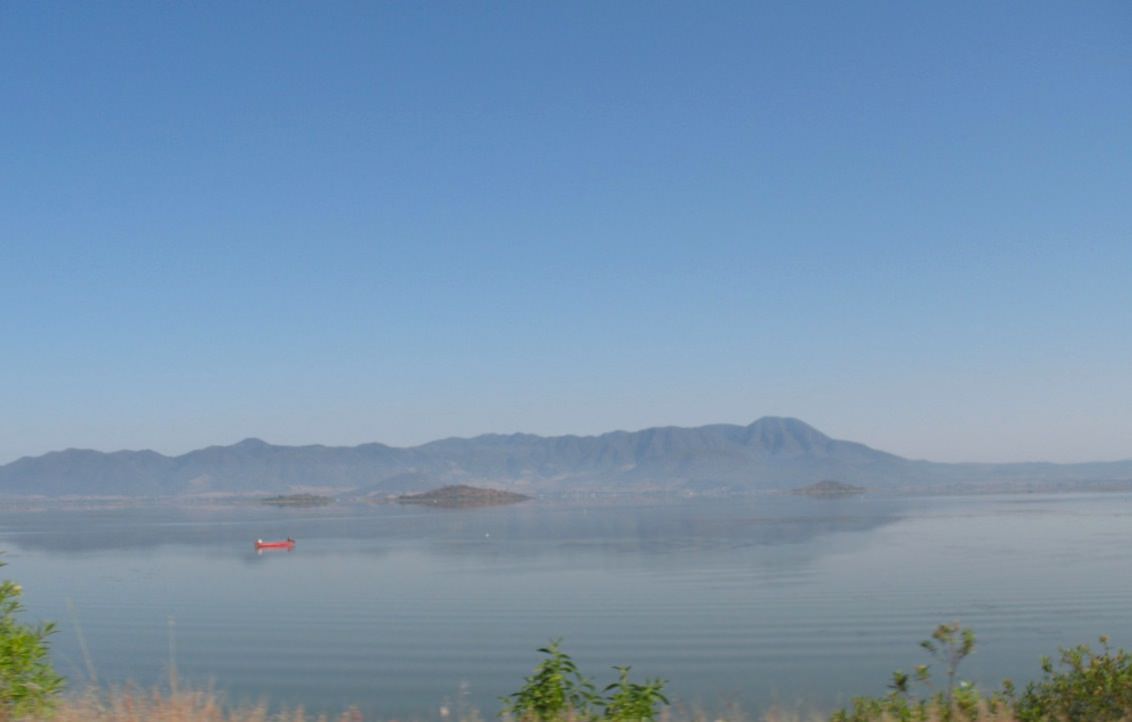[/caption]
Exotic sediments found beneath the floor of Lake Cuitzeo in central Mexico support theories of a major cosmic impact event 12,900 years ago, report a 16-member international research team. The impact may have caused widespread environmental changes and contributed to the extinctions of many large animal species.

The team found a 13,000-year-old layer of sediment that contains materials associated with impact events, such as soot, impact spherules and atomic-scale structures known as nanodiamonds. The nanodiamonds found at Lake Cuitzeo are of a variety known as lonsdaleite, even harder than “regular” diamond and only found naturally as the result of impact events.
The thin layer of sediment below Cuitzeo corresponds to layers of similar age found throughout North America, Greenland and Western Europe.
It’s thought that a large several-hundred-meter-wide asteroid or comet entered Earth’s atmosphere at a shallow angle 12,900 years ago, melting rocks, burning biomass and, in general, causing widespread chaos and destruction. This hypothesized event would have occurred just before a period of unusually cold climate known as the Younger Dryas.
The Younger Dryas has been associated with the extinction of large North American animals such as mammoths, saber-tooth cats and dire wolves.
“The timing of the impact event coincided with the most extraordinary biotic and environmental changes over Mexico and Central America during the last approximately 20,000 years, as recorded by others in several regional lake deposits,” said James Kennett, professor of earth science at UC Santa Barbara and member of the research team. “These changes were large, abrupt, and unprecedented, and had been recorded and identified by earlier investigators as a ‘time of crisis.’ ”
The exotic materials found in the sediment beneath Cuitzeo could not have been created by any volcanic, terrestrial or man-made process. “These materials form only through cosmic impact,” Kennett said.
The only other widespread sedimentary layer ever found to contain such an abundance of nanodiamonds and soot is found at the K-T boundary, 65 million years ago. This, of course, corresponds to the impact event that led to the extinction of the dinosaurs.
The researchers’ findings appeared March 5 in the Proceedings of the National Academy of Sciences. Read the news release from UC Santa Barbara here.

